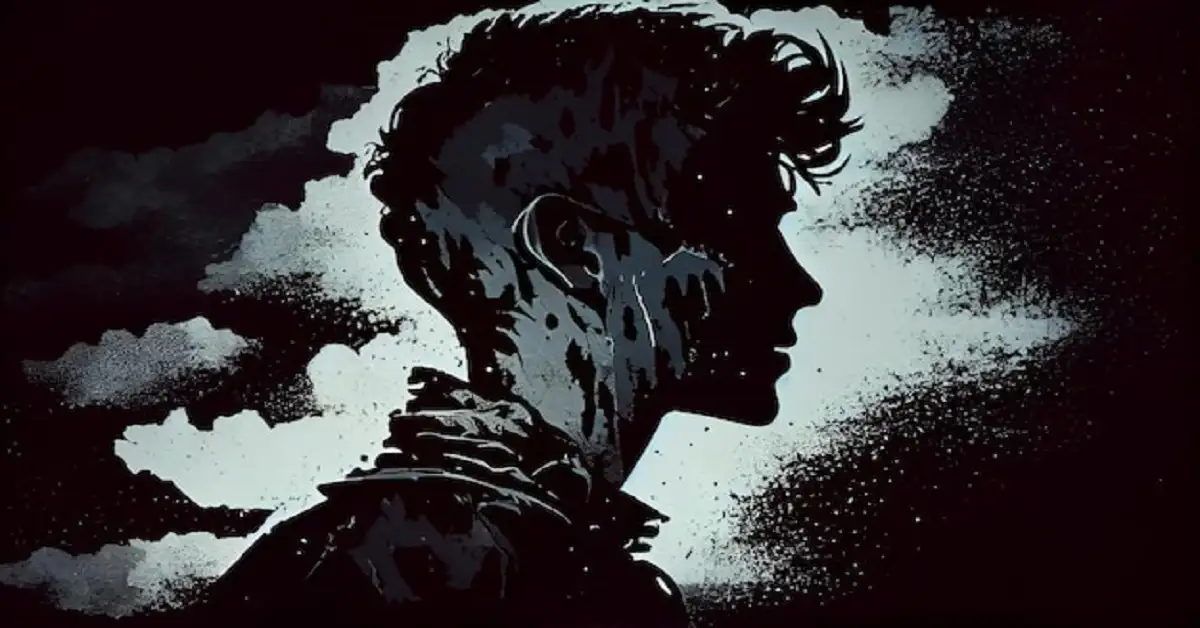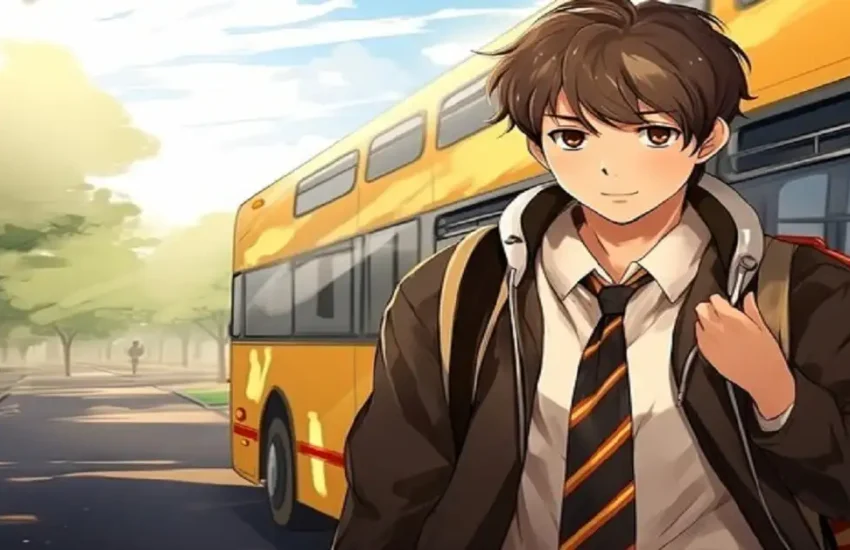Exploring Popular Male Anime Characters
Anime, a unique style of animation that originated in Japan, has garnered a massive global following over the years. One of the key elements contributing to its popularity is the development of compelling characters that resonate with viewers. Among these, male characters often stand out for their depth, complexity, and relatability. This article delves into the world of male anime characters, examining their roles, archetypes, and the impact they have on fans.
The Evolution of Male Anime Characters
The portrayal of male characters in anime has evolved significantly over the decades. Early anime often depicted men as either heroic figures or comic relief. However, as storytelling in anime became more sophisticated, the range of male characters expanded to include nuanced personalities and complex backgrounds.
The Classic Hero
In the early days of anime, male protagonists were often depicted as classic heroes. Characters like Goku from “Dragon Ball” and Kenshin Himura from “Rurouni Kenshin” embody the traditional hero archetype. They possess extraordinary abilities and a strong sense of justice, embarking on epic journeys to defeat formidable foes and protect the innocent.
Goku, for instance, is a Saiyan who continually pushes his limits to protect Earth and his loved ones. His relentless pursuit of strength and his unwavering optimism have made him an iconic figure in anime. Similarly, Kenshin Himura, a former assassin seeking redemption, exemplifies the noble hero striving to atone for past sins.
The Anti-Hero
As anime matured, the anti-hero archetype gained prominence. Unlike traditional heroes, anti-heroes possess morally ambiguous traits and often operate outside societal norms. Characters like Light Yagami from “Death Note” and Lelouch Lamperouge from “Code Geass” are prime examples.
Light Yagami, a brilliant high school student who discovers a supernatural notebook that allows him to kill anyone by writing their name, starts with noble intentions but gradually descends into madness and tyranny. Lelouch, on the other hand, is a prince who leads a rebellion against a corrupt empire using his strategic genius and a powerful mind-control ability. Both characters captivate audiences with their moral complexities and internal struggles.
The Relatable Everyman
Another important category of male anime characters is the relatable everyman. These characters often lack extraordinary powers or abilities but capture viewers’ hearts with their relatable experiences and growth. Characters like Shinji Ikari from “Neon Genesis Evangelion” and Yuji Itadori from “Jujutsu Kaisen” embody this archetype.
Shinji Ikari is a teenage boy thrust into the role of a pilot in a world-threatening conflict. His struggles with self-worth, fear, and loneliness resonate with many viewers, making him a deeply empathetic character. Yuji Itadori, a high school student who becomes a vessel for a powerful curse, navigates the challenges of his new reality with determination and kindness, reflecting the everyday struggles and triumphs of ordinary people.
The Tragic Hero
Tragic heroes are characters whose greatest strengths often lead to their downfall. Their stories are marked by sorrow and loss, making them compelling figures. Characters like Itachi Uchiha from “Naruto” and Eren Yeager from “Attack on Titan” are notable examples.
Itachi Uchiha, a prodigious ninja, sacrifices his reputation and family for the greater good, living as a villain to protect his village. His tragic story and the revelations of his true intentions evoke a deep emotional response from the audience. Eren Yeager, initially driven by a desire for freedom and revenge, undergoes a dramatic transformation that leads him down a path of destruction and moral ambiguity, making his journey both heartbreaking and thought-provoking.
Archetypes in Male Anime Characters
Male anime characters often fall into certain archetypes that help define their roles within their respective stories. These archetypes serve as templates that guide character development and storytelling.
The Shonen Protagonist
Shonen anime, targeted primarily at young male audiences, frequently features male protagonists who exhibit qualities such as bravery, perseverance, and a strong sense of justice. These characters often undergo significant growth throughout their journeys. Examples include Naruto Uzumaki from “Naruto” and Luffy from “One Piece.”
Naruto Uzumaki, an orphan ostracized by his village, dreams of becoming the Hokage, the village leader. His journey is one of overcoming adversity, building friendships, and striving for acceptance. Luffy, a carefree and ambitious pirate, seeks the legendary One Piece to become the Pirate King. His unwavering determination and loyalty to his friends define his character.
The Bishonen
Bishonen, or “beautiful boys,” are male characters characterized by their androgynous beauty and often gentle, refined manners. These characters are prevalent in shoujo anime, which targets a female audience. Characters like Tamaki Suoh from “Ouran High School Host Club” and Tuxedo Mask from “Sailor Moon” fit this archetype.
Tamaki Suoh, the charismatic and charming leader of the Ouran High School Host Club, captivates with his good looks and dramatic personality. Tuxedo Mask, the mysterious and handsome ally of Sailor Moon, adds an element of romance and elegance to the series.
The Loner
The loner archetype features male characters who prefer solitude and often have troubled pasts. These characters are typically introspective and possess hidden depths. Examples include Sasuke Uchiha from “Naruto” and L from “Death Note.”
Sasuke Uchiha, driven by a desire for revenge, isolates himself from others to achieve his goals. His journey is one of pain and redemption, making him a complex and intriguing character. L, the brilliant but reclusive detective, uses his intellect to solve cases, but his enigmatic nature and eccentric behavior set him apart from others.
Impact on Fans
Male anime characters have a profound impact on fans, inspiring them in various ways. These characters often serve as role models, sources of motivation, and even symbols of personal growth. Fans form deep emotional connections with their favorite characters, leading to extensive fan art, fan fiction, and cosplay communities.
Role Models and Inspiration
Characters like Goku, Naruto, and Luffy inspire fans with their perseverance, courage, and unwavering determination. Their journeys from humble beginnings to greatness resonate with viewers, encouraging them to pursue their own dreams and overcome obstacles.
Emotional Connections
Characters with relatable struggles, such as Shinji Ikari and Yuji Itadori, create strong emotional bonds with fans. Viewers empathize with their challenges and growth, finding solace in the characters’ journeys and feeling less alone in their own experiences.
Creative Expression
The impact of male anime characters extends to creative expression within the fan community. Fans create art, write stories, and engage in cosplay to celebrate and explore their favorite characters. This creativity fosters a sense of community and belonging among anime enthusiasts.
Conclusion
Male anime characters play a crucial role in the appeal and success of anime as a medium. Their diverse archetypes, complex personalities, and emotional journeys captivate audiences and leave lasting impressions. From classic heroes to tragic figures, these characters reflect the multifaceted nature of human experience and continue to inspire and resonate with fans worldwide. As anime continues to evolve, the portrayal of male characters will undoubtedly remain a central element, contributing to the enduring popularity and cultural significance of this beloved art form.



